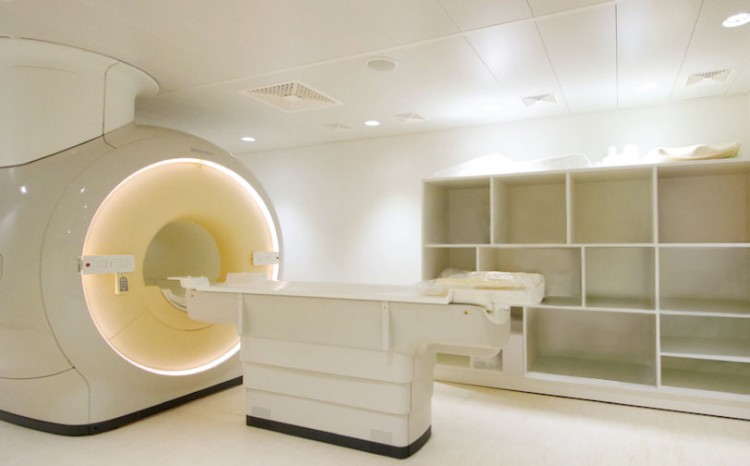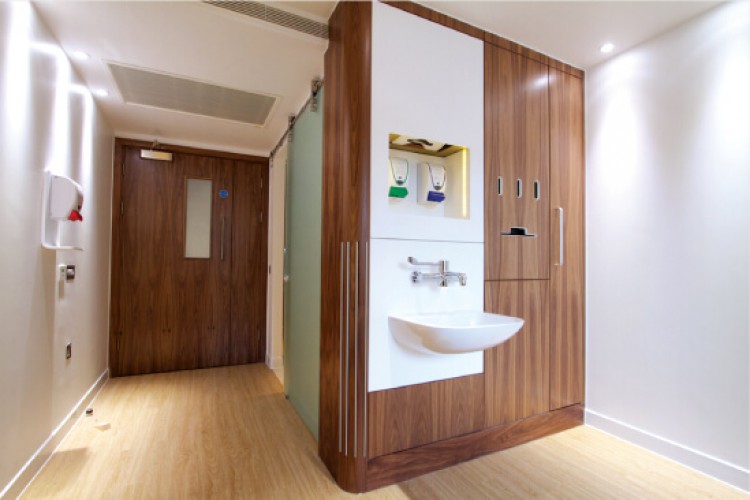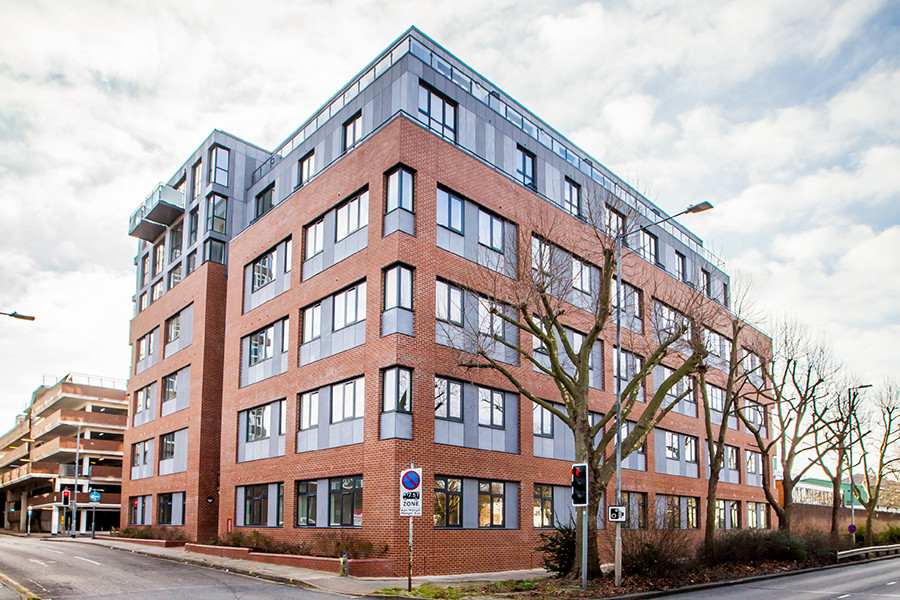8 years ago
Hospital Construction - Safely Installing an MRI Suite

At Davis Construction we specialise in the completion of healthcare construction projects to an exceptional standard. We are proud to operate with an unwavering level of care and attention to detail. This comes into its own within hospital environments, where there is often a significant amount of expensive, specialist equipment to navigate. This was the case when we undertook the refurbishment of the MRI suite at The Holly Private Hospital.
Even for a company with a number of hospital construction projects under its belt, the refurbishment of the MRI suite at The Holly was a one that needed to be approached with considerable forethought. Here are just a few points that we believe should be taken into consideration when approaching an MRI suite construction project.
The importance of planning
At Davis Construction, detailed planning forms a significant part of any project. Neglecting this stage can result in costly errors and have a negative impact on the client’s satisfaction or – even more pressingly – compromise health and safety. Any quality construction company will comprehensively timetable each element of the project from surveys to completion, but this is even more important in the case of an MRI project.
The planning process for such a project will usually involve organising the delivery of all the necessary parts, such as non-magnetised fixtures and fittings, and storing these in a safe location until they are needed. It might also cover organising safe access routes to the work area, as well as the use of lifts to transport heavy machinery and equipment in and out of the suite.
Another element to consider is the specialists who are hired to install the MRI unit. They will have their own work agenda and this will need to be facilitated by the construction company to prevent risk to the machine.
Safety first
A thorough safety check and R&D survey will form a major part of preparatory work. Asbestos can be a significant threat during hospital project, so it’s critical that robust safety measures are in place to alleviate this threat. By having the R&D survey completed well in advance of work beginning, you can be sure that there will be no surprises that will compromise the timing and budget of the project.
Once this stage is complete, other small but important preparation steps can be undertaken such as hoarding off the work area and installing signage.
The strip-out
Once the project is underway, the first major step will be the strip-out of the MRI area. This may sound simple, but as MRI scanners are sizeable machines a little logistical thinking is likely to be necessary.
To facilitate the safe extraction and removal of the scanner you might find that it’s necessary to remove ventilation, plumbing and windows around the area. We determined that the best way to approach the removal of The Holly Hospital’s old scanner was to remove and support the entire front wall of the building.
Communicate & collaborate
Due to the nature of the build, which will require working alongside the specialists who are contracted to install the new scanner, it is important that staff are working cohesively. Only through good communication and collaboration can you ensure that all necessary works are completed in advance of the delivery of the scanner.
The MRI room will also have RF shielding that needs to be installed prior to the arrival of the contractors. This prevents radio frequency noise entering the room and distorting the image. In the case of The Holly Hospital, we were tasked with carefully removing the existing aluminium cage and replacing it with a solid steel one.
By completing this and all other major work including levelling the floor, rebuilding of walls and plumbing, the contractors are free to complete their side of the work with minimum disruption and risk to the equipment towards the end of the project.
The final touches
With the contractors installing the new machine without the worry of major work going on around them, it should simply be a matter of making the final internal and external finishes. This will involve installing small fixtures and fittings such as storage cabinets and furniture, all of which will have been planned, delivered and stored in advance. All of these should be non-magnetic and any equipment required for the installation should be kept well away from the scanner, due to its magnetic nature.
With these finishing touches made and all quality checks completed, the project should be ready to hand over to the client for inspection.
It is only through careful consideration during every stage of the build that a specialist project, such as an MRI suite, can be completed safely and successfully. If you have a similar project in mind and would like to find out more about the steps that Davis Construction takes when undertaking work such as this, please send us a message at info@davisconstruction.co.uk. You can also find us on Facebook and Twitter.


